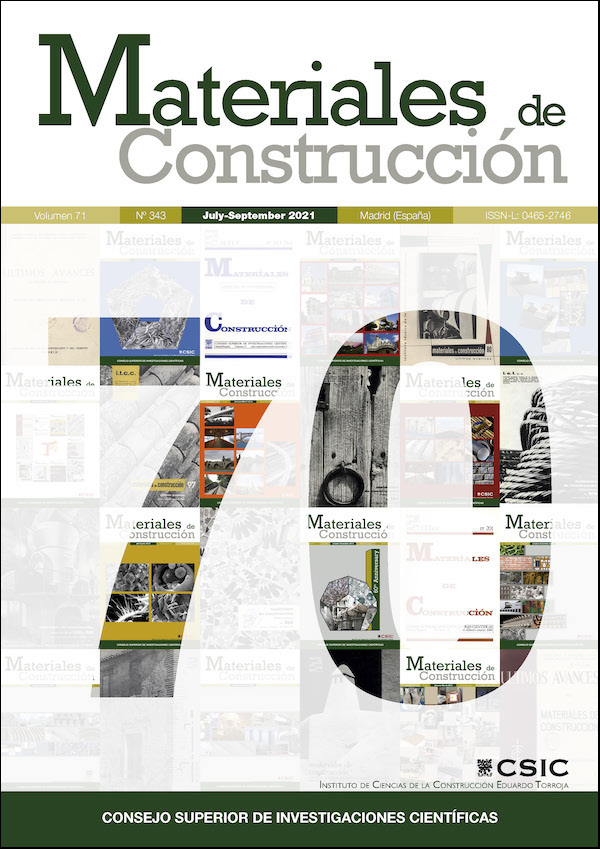
Photo from archive.org
The asphalt surface layer is the most exposed to weather and traffic conditions on roads, especially those subjected to winter maintenance. Therefore, a deep knowledge of the mechanisms which can… Click to show full abstract
The asphalt surface layer is the most exposed to weather and traffic conditions on roads, especially those subjected to winter maintenance. Therefore, a deep knowledge of the mechanisms which can damage this layer is necessary to improve its design, construction and long-term use. With this purpose, two types of asphalt mixtures used on roads from NW Spain were subjected to durability tests (freezing-thaw and thermal-stress) with a saturated NaCl solution. After the durability tests, a wheel tracking test was performed on the samples, and the resultant material was analyzed by optical polarized light and fluorescence microscopy. This analysis showed that the binder-aggregate low adhesion was the main responsible of the asphalt mixture damage. This damage was concentrated in the aggregates because the binder acted as an impermeable wall. Consequently, the NaCl solution penetrated and degraded the aggregates quickly and strongly.
Journal Title: Materiales De Construccion
Year Published: 2017
Link to full text (if available)
Share on Social Media: Sign Up to like & get
recommendations!